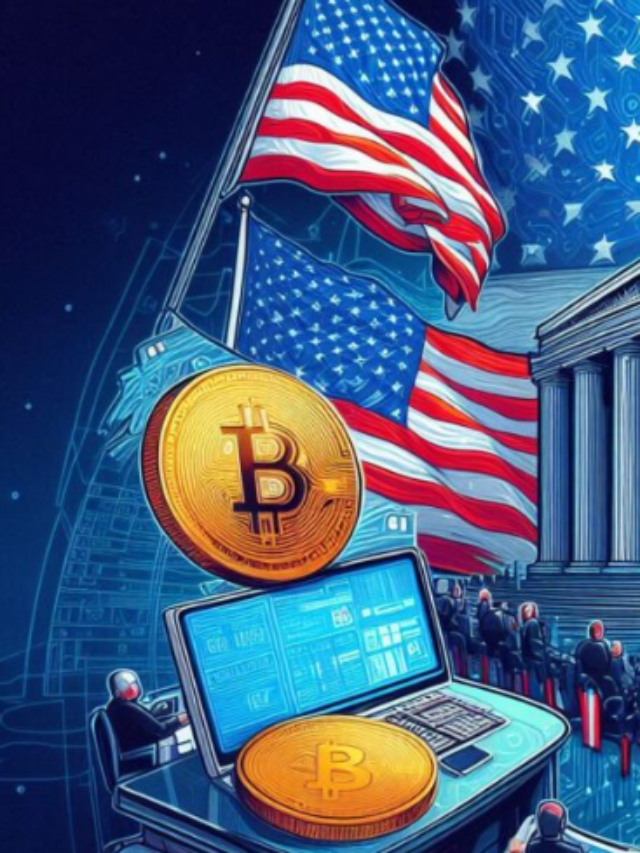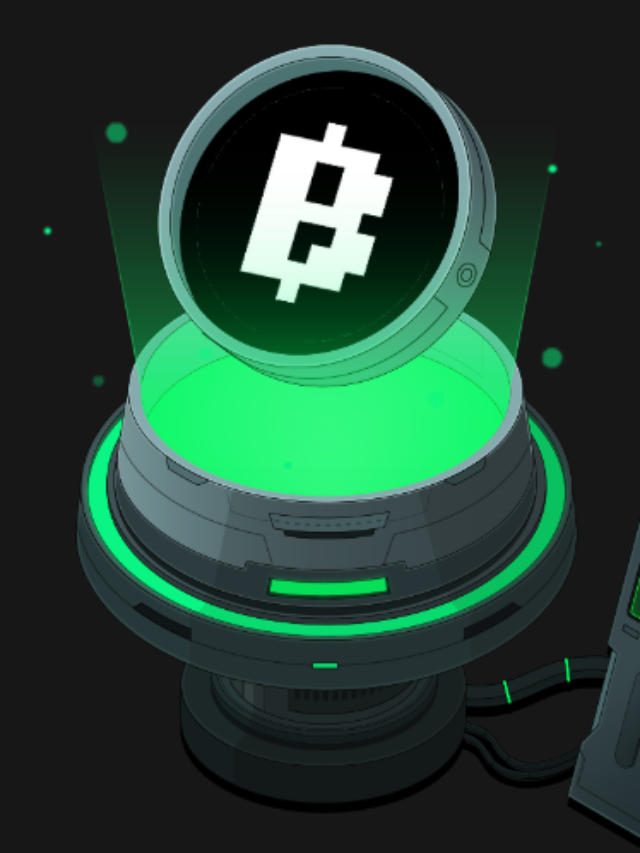The Controversial Transaction
The sale occurred on Thursday when CryptoPunk 1563 reportedly sold for 24,000 ETH, which at the time amounted to $56.3 million. This price puts it among the most expensive NFT sales ever recorded for a CryptoPunk, a popular collection of 10,000 algorithmically generated, pixelated characters. However, rather than being hailed as a landmark moment in the NFT space, the sale quickly drew attention for all the wrong reasons.
It wasn’t long before on-chain analysts like 0xQuit began digging into the specifics of the transaction. What they uncovered was not a straightforward purchase, but rather a complex financial maneuver involving a flash loan. In essence, the funds used to purchase the NFT were borrowed and then repaid within the same blockchain transaction. This tactic, while legal and increasingly common in decentralized finance (DeFi), casts a shadow of doubt over the legitimacy of the sale.
Flash Loans and the Marketing Stunt Allegations
Flash loans, as used in this transaction, are a form of unsecured loan that allows users to borrow and repay funds within the same transaction. If the loan is not repaid in full, the entire transaction is reversed. This feature is primarily used for arbitrage, collateral swapping, and other advanced DeFi strategies. In the case of CryptoPunk 1563, the flash loan allowed the buyer to “purchase” the NFT without any actual transfer of value between the buyer and seller. The entire process was completed in one blockchain transaction, with only network fees paid.
According to 0xQuit, the purpose of this elaborate transaction may not have been about transferring ownership of the NFT but instead about generating hype for a new meme coin called “Kamala Harris Punk.” The timing of the transaction, which coincides with the token’s upcoming presale, suggests that the flash loan was used to draw attention to the new cryptocurrency. By orchestrating a multi-million-dollar sale of an NFT, the developers of “Kamala Harris Punk” could attract potential investors and increase visibility for their presale.
The Growing Trend of Flash Loans in NFTs
This isn’t the first time flash loans have been used in the NFT space. In fact, there have been several instances where high-profile NFT sales were later revealed to have been facilitated by flash loans. One of the most infamous cases involved the sale of a CryptoPunk for $532 million, which turned out to be a flash loan gimmick with no real value transfer. While these tactics may generate headlines, they also raise serious concerns about the integrity of the NFT market.
In the case of CryptoPunk 1563, no real profit was generated through the sale. The buyer borrowed 24,000 ETH from the DeFi protocol Balancer, which was then repaid by the seller, leaving ownership of the NFT unchanged. The only financial cost incurred was the network fees required to execute the transaction. This has led to widespread skepticism about the motives behind the sale, with many in the community viewing it as a blatant marketing ploy.
Conclusion
The $56.3 million sale of CryptoPunk 1563 serves as a reminder of the complex and sometimes opaque nature of the NFT market. While the transaction may have generated headlines, it also raises important questions about the role of flash loans and other DeFi tools in inflating NFT prices. As the crypto community continues to grow, maintaining transparency and authenticity will be crucial to ensuring the long-term success of the market.



















